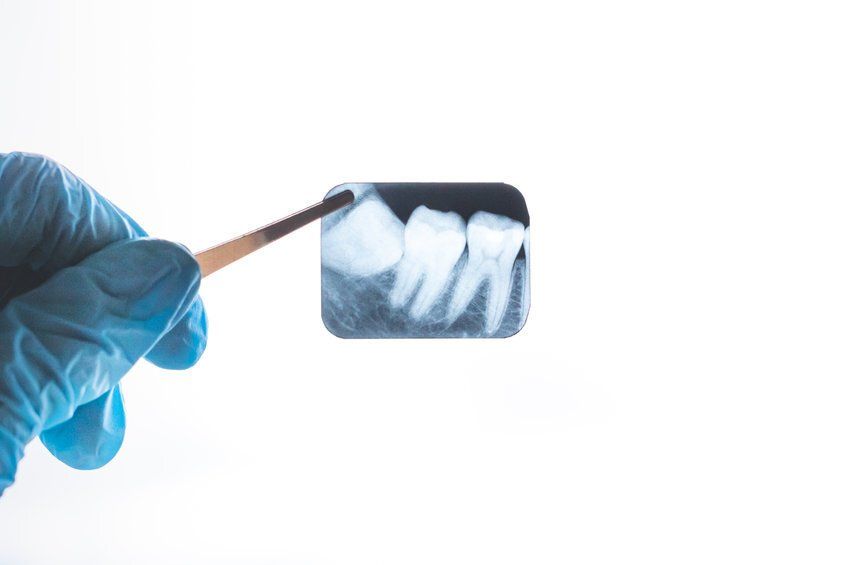How Do You Know Your Wisdom Teeth Are Coming In?
- By Mary Marks
- •
- 12 Aug, 2021
- •

Have you already had your wisdom teeth grow out? When your wisdom teeth are coming in, you might hardly notice them, or the entire process could become quite painful especially in the beginning.
The first thing you might notice is a few small bumps at the
back of all your teeth that weren’t there before. Your wisdom teeth appear in
the very back, and their placement is close to your ear and the base of your
jaw, so you should be able to feel their presence in that area. If the pain is extreme it's best to go in for oral surgery and have a Denver sedation dentist extract the tooth.
The big difference between growing wisdom teeth and your other teeth is that you can experience pain and swelling when your wisdom teeth are first coming in. Pain is pretty common, and swelling can set in right before the actual teeth start to appear. Also, you can experience swelling of the gums right behind your molars, and you might have bad breath, a bad taste in your mouth and/or you could experience difficulty when you try to open your mouth.
Although the process is natural, so you shouldn’t experience long term problems when your wisdom teeth are coming in, it is recommended that you get a check up if you notice that the pain is too much or that you have abnormal swelling. Your dentist will be able to tell you if there’s anything wrong or if you have nothing to worry about.





Although oral sedation dentistry Highlands Ranch is one of the optionsavailable for managing anxiety and discomfort during oral surgery, you certainly do not need to use it all the time. As a matter of fact, the exact type of sedation or anesthesia that you receive during oral procedures may depend on various factors, such as the complexity of the procedure, your medical problems, as well as your doctor’s preferences.
There can be several different levels of sedation that can be used in oral surgery. Local anesthesia is one of them. This involves injecting anesthetic medication into the specific area where the surgery will take place. It numbs the area and is often used for less invasive procedures.
Oral sedation involves taking medication in the form of a pill to induce a state of relaxation and drowsiness. The patient is still conscious, but he/she may not be fully aware of the procedure. At any rate, sedation helps him/her get rid of anxiety.
In the case of intravenous sedation, medication is administered through a vein, which induces a deeper state of sedation than oral sedation. Patients may still be conscious, but they are less aware of their surroundings and may not remember the procedure.





